Home>Gardening & Outdoor>Outdoor Recreation & Activities>How To Plaster A Swimming Pool
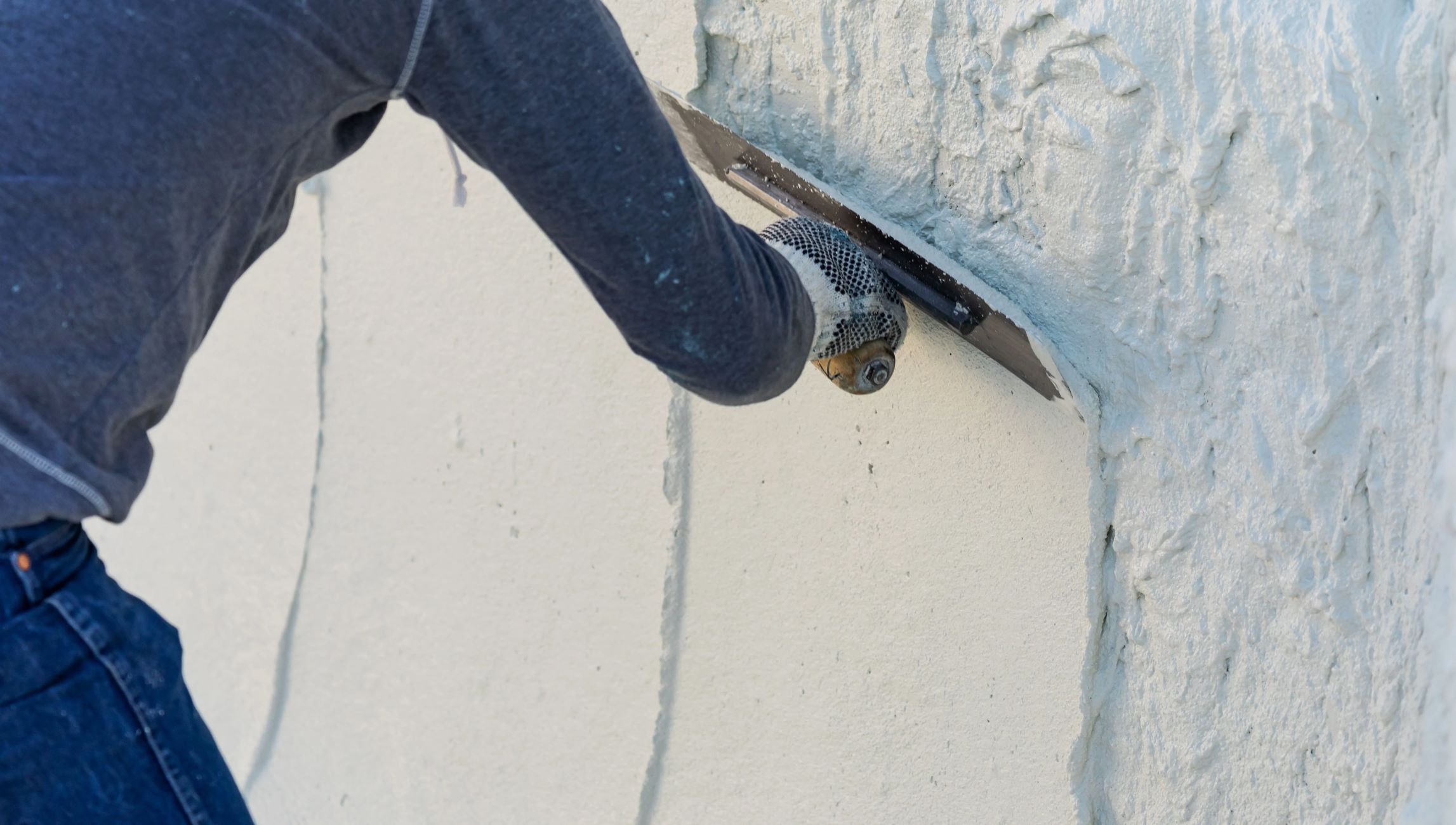

Outdoor Recreation & Activities
How To Plaster A Swimming Pool
Published: February 17, 2024
Learn how to plaster a swimming pool with our expert guide. Get step-by-step instructions for a smooth and durable finish. Perfect for outdoor recreation and activities.
(Many of the links in this article redirect to a specific reviewed product. Your purchase of these products through affiliate links helps to generate commission for Storables.com, at no extra cost. Learn more)
Introduction
Plastering a swimming pool is a crucial aspect of pool maintenance and renovation. Over time, the surface of a pool can become worn, stained, or cracked, detracting from its aesthetic appeal and potentially compromising its structural integrity. By plastering the pool, you can revitalize its appearance and ensure a smooth, durable surface for years to come.
Whether you're a seasoned pool professional or a dedicated homeowner looking to take on a rewarding DIY project, understanding the process of plastering a swimming pool is essential. From preparing the pool surface to applying the plaster and completing the finishing touches, each step plays a vital role in achieving a pristine and long-lasting result.
In this comprehensive guide, we will delve into the intricacies of plastering a swimming pool, providing valuable insights and practical tips to help you navigate the process with confidence. By the end of this article, you will have a solid understanding of the steps involved in pool plastering, empowering you to tackle this project effectively and achieve professional-quality results.
So, let's dive in and explore the art and science of pool plastering, uncovering the techniques and considerations that contribute to a beautifully restored swimming pool. Whether you're aiming to transform a weathered pool into a stunning aquatic oasis or simply seeking to maintain your pool's pristine condition, mastering the art of pool plastering is a valuable skill that promises both aesthetic and functional rewards.
Key Takeaways:
- To plaster a swimming pool, meticulous preparation is crucial. From draining and cleaning the pool to applying bonding agents, each step sets the stage for a durable and visually stunning finish.
- The art of pool plastering requires patience and precision. From mixing the plaster to applying finishing touches and curing, every detail contributes to creating a captivating and resilient pool surface.
Read more: How To Clean A Swimming Pool
Preparing the Pool Surface
Before embarking on the plastering process, thorough preparation of the pool surface is essential to ensure optimal adhesion and a flawless finish. This critical phase involves several key steps that lay the foundation for a successful pool plastering project.
-
Draining and Cleaning: The first step in preparing the pool surface is to drain the pool completely. Once drained, the pool should be thoroughly cleaned to remove any debris, algae, or mineral deposits that may have accumulated over time. This can be achieved through scrubbing the pool walls and floor with a stiff brush and using a pool vacuum to eliminate any remaining sediment.
-
Repairing Cracks and Imperfections: Inspect the pool surface for any cracks, chips, or imperfections that could compromise the integrity of the new plaster. These areas should be carefully repaired using a suitable pool patching compound, ensuring that the surface is smooth and free of any irregularities.
-
Etching the Surface: To promote proper adhesion, the pool surface should be etched to create a slightly rough texture. This can be accomplished by using a diluted muriatic acid solution, which is applied to the pool walls and floor and then scrubbed with a stiff brush. Following this, the surface should be thoroughly rinsed to remove any residual acid.
-
Applying Bonding Agent: Once the pool surface is clean and etched, a high-quality bonding agent should be applied to enhance the adhesion of the new plaster. The bonding agent creates a strong bond between the old surface and the new plaster, ensuring long-lasting durability.
-
Filling Expansion Joints: If the pool features expansion joints, these should be filled with a flexible sealant to prevent the new plaster from cracking due to movement. Properly addressing expansion joints is crucial for maintaining the structural integrity of the pool and preventing future issues.
By meticulously preparing the pool surface through these essential steps, you can establish an ideal foundation for the subsequent plastering process. This meticulous approach sets the stage for a seamless and enduring pool plastering outcome, ensuring that the new plaster adheres effectively and delivers a visually stunning and resilient finish.
Mixing the Plaster
The process of mixing the plaster is a pivotal phase in pool plastering, as it directly influences the quality and longevity of the final finish. Achieving the optimal plaster mixture requires precision, attention to detail, and adherence to best practices. Here's a detailed look at the essential steps involved in mixing the plaster for a swimming pool:
Gather the Materials
Before commencing the mixing process, gather all the necessary materials and equipment. This typically includes the plaster mix, clean water, a large mixing container, a mixing paddle or mechanical mixer, and safety gear such as gloves and goggles. It's crucial to use high-quality plaster specifically designed for pool applications, as this ensures superior durability and resistance to chemicals and water.
Measure the Ingredients
Accurate measurement of the plaster and water is fundamental to achieving the desired consistency and strength. Follow the manufacturer's guidelines to determine the precise ratio of plaster to water, as this can vary depending on the specific product being used. Carefully measure out the plaster and water to ensure the correct proportions are maintained, as deviations can compromise the integrity of the plaster.
Read more: How To Empty A Swimming Pool
Mixing Process
With the materials and measurements in place, it's time to initiate the mixing process. If using a mechanical mixer, set it to the appropriate speed and gradually add the plaster to the water while the mixer is running. It's essential to maintain a consistent and thorough mixing action to achieve a homogeneous mixture without lumps or air pockets. If mixing manually, use a sturdy mixing paddle and exert consistent effort to blend the plaster and water effectively.
Consistency and Texture
During the mixing process, monitor the consistency and texture of the plaster mixture. The goal is to attain a smooth, creamy consistency that is free of clumps and possesses uniform texture throughout. This ensures that the plaster will spread evenly and adhere seamlessly to the prepared pool surface, resulting in a visually appealing and structurally sound finish.
Time Sensitivity
Once the plaster is mixed to the desired consistency, it's important to work efficiently, as the mixture has a limited working time before it begins to set. This time sensitivity underscores the need for meticulous preparation and swift execution during the plaster application phase, emphasizing the significance of proper planning and coordination.
By meticulously following these steps and guidelines, you can ensure that the plaster mixture is expertly prepared, setting the stage for a successful application and the realization of a beautifully restored swimming pool. The precision and care invested in mixing the plaster contribute significantly to the overall quality and longevity of the pool's new surface, underscoring the importance of this crucial phase in the pool plastering process.
Applying the Plaster
With the pool surface meticulously prepared and the plaster mixture expertly mixed, the next pivotal phase in the pool plastering process is the application of the plaster. This step demands precision, attention to detail, and a methodical approach to ensure a flawless and enduring finish.
Read more: How To Tile A Swimming Pool
Begin with the Walls
Commencing with the pool walls, the plaster application process requires a systematic and methodical approach. Using a trowel, the plaster is carefully spread onto the prepared surface, ensuring even coverage and a consistent thickness. Working in manageable sections, the plaster is skillfully applied, with attention given to achieving a smooth and uniform finish. The goal is to create a seamless transition between each section, avoiding visible seams or irregularities that could detract from the overall aesthetic appeal.
Progress to the Pool Floor
Once the walls are expertly plastered, attention turns to the pool floor. Employing the same meticulous technique used for the walls, the plaster is evenly distributed across the floor surface, creating a cohesive and visually pleasing expanse. The application process demands precision and patience, as achieving a uniform and flawless finish on the pool floor is essential for both visual appeal and long-term durability.
Smoothing and Troweling
As the plaster is applied to the walls and floor, skilled craftsmen utilize trowels to smooth and refine the surface, eliminating imperfections and ensuring a seamless, polished appearance. This meticulous process involves careful attention to detail, as the troweling phase plays a crucial role in achieving a pristine and visually appealing result. By skillfully maneuvering the trowel, craftsmen can finesse the plaster to create a smooth, elegant finish that enhances the overall aesthetic of the pool.
Addressing Nooks and Corners
Throughout the plaster application process, special consideration is given to nooks, corners, and intricate areas of the pool. These areas require precise attention to ensure that the plaster is expertly applied, leaving no space untouched. By meticulously addressing these details, craftsmen can achieve a comprehensive and visually harmonious result, elevating the overall quality of the pool plastering project.
Read more: How To Cover A Swimming Pool
Achieving a Seamless Finish
As the plaster is meticulously applied, smoothed, and troweled, the overarching objective is to achieve a seamless finish that exudes quality and craftsmanship. This entails a keen eye for detail, a steady hand, and a commitment to excellence, as each stroke of the trowel contributes to the overall visual impact of the plastered surface. By adhering to best practices and leveraging skilled techniques, craftsmen can realize a flawlessly plastered pool that embodies both beauty and durability.
By meticulously following these steps and guidelines, the application of the plaster unfolds as a precise and artful process, culminating in a visually stunning and enduring result. The skill and expertise invested in this phase of the pool plastering project are instrumental in achieving a pool surface that is not only aesthetically captivating but also structurally resilient, underscoring the significance of this pivotal stage in the pool renovation process.
Finishing Touches
After the meticulous application of plaster to the pool surface, attention turns to the critical phase of adding the finishing touches. This stage is characterized by precision, finesse, and a commitment to achieving a flawless and visually captivating result. The finishing touches not only enhance the aesthetic appeal of the pool but also contribute to its long-term durability and resilience.
Polishing and Buffing
One of the key elements of the finishing touches involves polishing and buffing the newly plastered surface to perfection. Skilled craftsmen utilize specialized tools and techniques to refine the plaster, smoothing out any imperfections and achieving a lustrous, elegant finish. This meticulous process elevates the overall visual impact of the pool, creating a surface that exudes quality and craftsmanship.
Addressing Surface Irregularities
During the finishing touches phase, any remaining surface irregularities or imperfections are expertly addressed. This involves a keen eye for detail and a methodical approach to ensure that the plastered surface is uniform and free of blemishes. By meticulously attending to any lingering imperfections, craftsmen can elevate the overall quality of the pool surface, delivering a result that is both visually stunning and structurally sound.
Read more: How To Remove A Swimming Pool
Cleaning and Detailing
As the finishing touches unfold, thorough cleaning and detailing of the pool surface are paramount. Any residual plaster or debris is carefully removed, and the entire surface is meticulously cleaned to reveal its full splendor. This meticulous attention to cleanliness and detail ensures that the newly plastered pool surface shines with brilliance, setting the stage for a captivating aquatic oasis that beckons with its pristine allure.
Sealing and Protecting
To safeguard the newly plastered surface and enhance its longevity, the application of a high-quality sealant is a crucial component of the finishing touches. The sealant serves as a protective barrier, shielding the plaster from the effects of water, chemicals, and environmental elements. This proactive measure fortifies the pool surface, ensuring that it remains resilient and visually striking for years to come.
Final Inspection and Quality Assurance
As the finishing touches near completion, a comprehensive final inspection is conducted to uphold the highest standards of quality and craftsmanship. Every aspect of the plastered surface is scrutinized, ensuring that it meets exacting specifications and embodies the pinnacle of excellence. This meticulous quality assurance process underscores the unwavering commitment to delivering a pool surface that is nothing short of exceptional.
By meticulously attending to these finishing touches, the pool plastering project culminates in a result that is both visually captivating and structurally robust. The precision, care, and expertise invested in this phase elevate the pool surface to a standard of excellence, ensuring that it stands as a testament to meticulous craftsmanship and enduring quality.
Curing the Plaster
Curing the plaster is a critical phase that significantly influences the longevity, durability, and overall quality of the newly applied pool surface. This essential process involves allowing the plaster to properly set and cure, enabling it to achieve optimal strength and resilience. By meticulously adhering to best practices during the curing phase, the pool plastering project culminates in a surface that not only exudes visual allure but also embodies enduring structural integrity.
Read more: How To Draw A Swimming Pool
Patience and Precision
Upon the completion of the plaster application and finishing touches, the curing phase demands patience and precision. It is imperative to allow the plaster to cure at the appropriate pace, ensuring that it attains its full strength and durability. Rushing this phase can compromise the integrity of the plaster, potentially leading to issues such as cracking or diminished resilience.
Water Management
Proper water management is integral to the curing process. The newly plastered pool surface must be carefully monitored to prevent premature drying, which can impede the curing process and compromise the quality of the plaster. Maintaining the ideal moisture level through regular misting or gentle hosing helps facilitate proper curing, allowing the plaster to achieve its maximum strength and resilience.
Time and Temperature Considerations
The curing process is influenced by environmental factors such as temperature and humidity. It is essential to consider these variables and adjust the curing timeline accordingly. Extreme temperatures or rapid fluctuations can impact the curing process, underscoring the importance of monitoring and regulating the curing environment to ensure optimal conditions for the plaster.
Vigilant Observation
Throughout the curing phase, vigilant observation of the plastered surface is paramount. This involves regular inspection to detect any signs of irregular curing or potential issues. By closely monitoring the curing progress, any deviations or concerns can be promptly addressed, safeguarding the integrity and quality of the newly plastered pool surface.
Read more: How To Paint A Swimming Pool
Gradual Filling of the Pool
Once the plaster has sufficiently cured, the gradual filling of the pool can commence. This process should be executed with care, ensuring that the water is introduced gradually to prevent undue stress on the newly cured plaster. By methodically filling the pool and adhering to recommended guidelines, the integrity of the plaster is preserved, setting the stage for a fully restored and revitalized swimming pool.
By meticulously attending to the nuances of the curing process, the pool plastering project reaches its culmination, yielding a surface that embodies both visual splendor and enduring resilience. The patience, precision, and meticulous care invested in the curing phase underscore the unwavering commitment to delivering a pool surface that stands as a testament to meticulous craftsmanship and enduring quality.
Conclusion
In conclusion, the process of plastering a swimming pool is a multifaceted endeavor that demands meticulous attention to detail, precision, and a steadfast commitment to excellence. From the initial preparation of the pool surface to the application of the plaster, the finishing touches, and the critical phase of curing, every step plays a pivotal role in achieving a pool surface that is both visually captivating and structurally resilient.
The art and science of pool plastering require a harmonious blend of expertise, skill, and dedication, as craftsmen endeavor to transform weathered and worn pool surfaces into stunning aquatic oases. By adhering to best practices, leveraging specialized techniques, and infusing each phase of the process with unwavering care, the result is a pool surface that exudes enduring quality and timeless allure.
The culmination of the pool plastering project represents more than just a revitalized pool surface; it embodies a testament to meticulous craftsmanship, unwavering dedication, and the pursuit of excellence. Each stroke of the trowel, each moment of patient curing, and each detail attended to during the finishing touches converge to create a pool surface that stands as a testament to the artistry and expertise of those who bring it to fruition.
As the newly plastered pool glistens in the sunlight, beckoning with its pristine allure, it serves as a testament to the transformative power of skilled craftsmanship and the enduring beauty of meticulously executed pool renovation. Whether it's a residential pool in need of restoration or a commercial pool seeking to elevate its aesthetic and functional appeal, the process of pool plastering stands as a testament to the artistry and expertise that converge to create enduring aquatic sanctuaries.
In the end, the journey of pool plastering is a testament to the unwavering pursuit of excellence, the transformative power of skilled craftsmanship, and the enduring allure of a revitalized pool surface. It is a journey that transcends mere renovation, embodying a commitment to creating aquatic havens that captivate the senses and stand as enduring testaments to the art and science of pool plastering.
Frequently Asked Questions about How To Plaster A Swimming Pool
Was this page helpful?
At Storables.com, we guarantee accurate and reliable information. Our content, validated by Expert Board Contributors, is crafted following stringent Editorial Policies. We're committed to providing you with well-researched, expert-backed insights for all your informational needs.



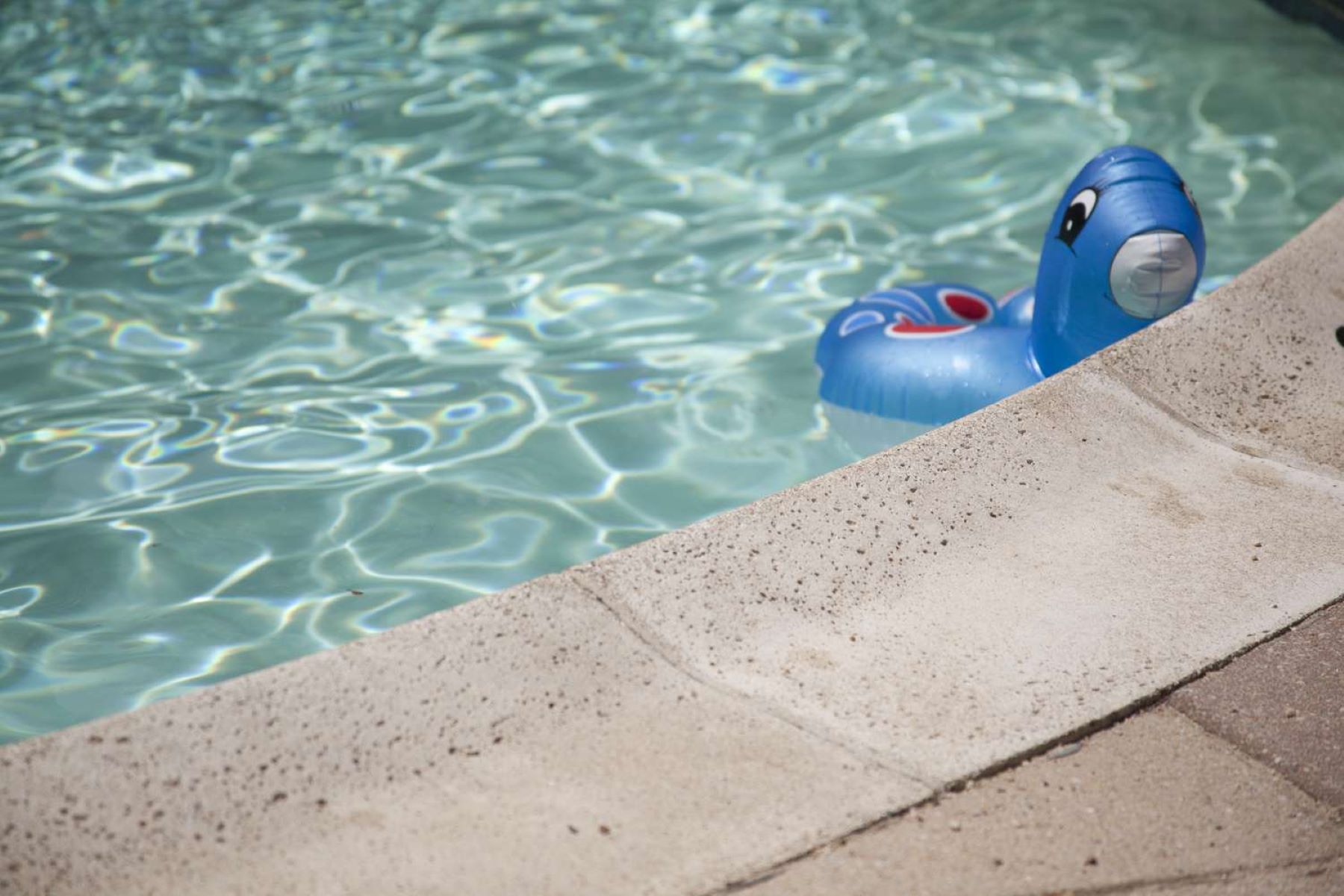
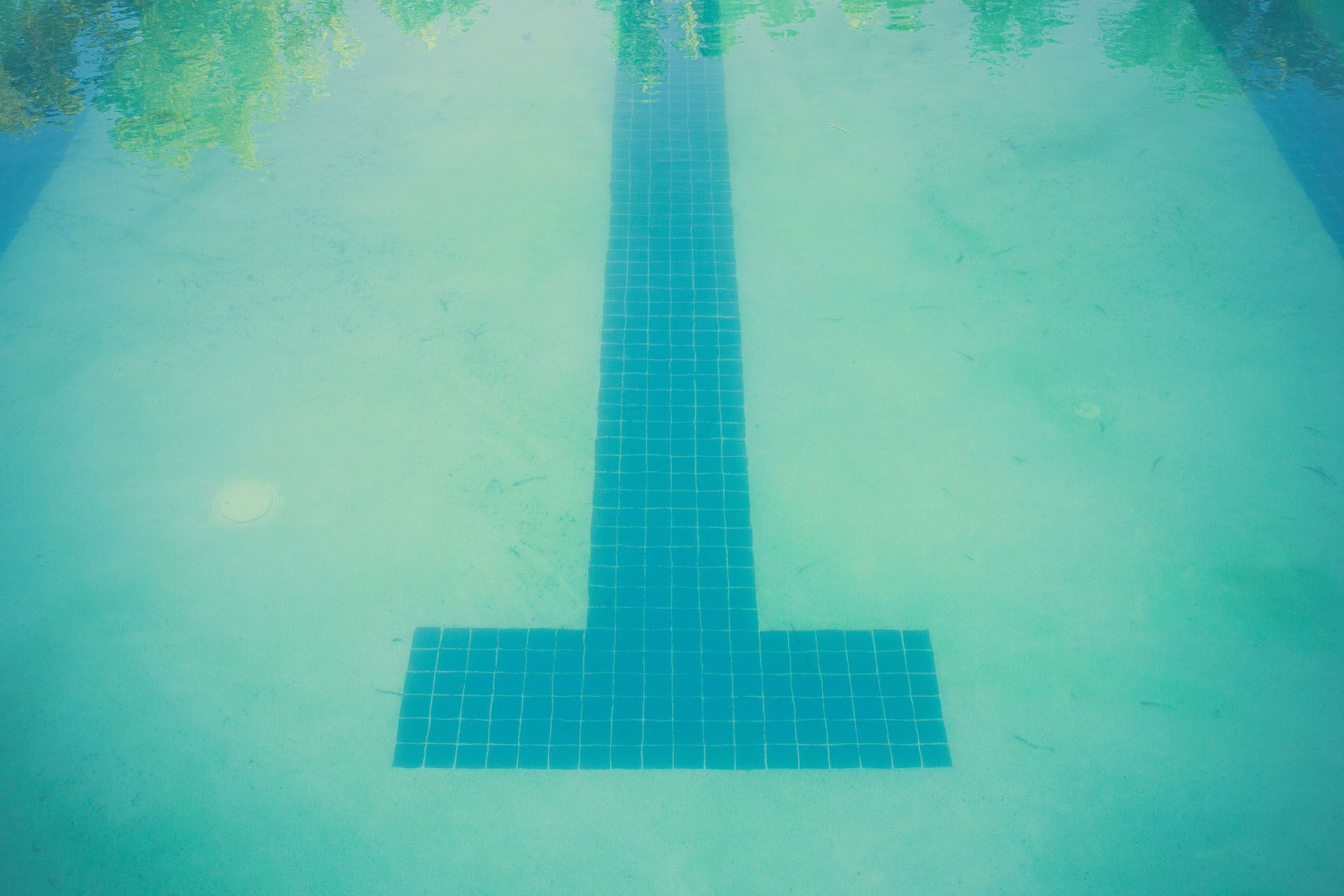


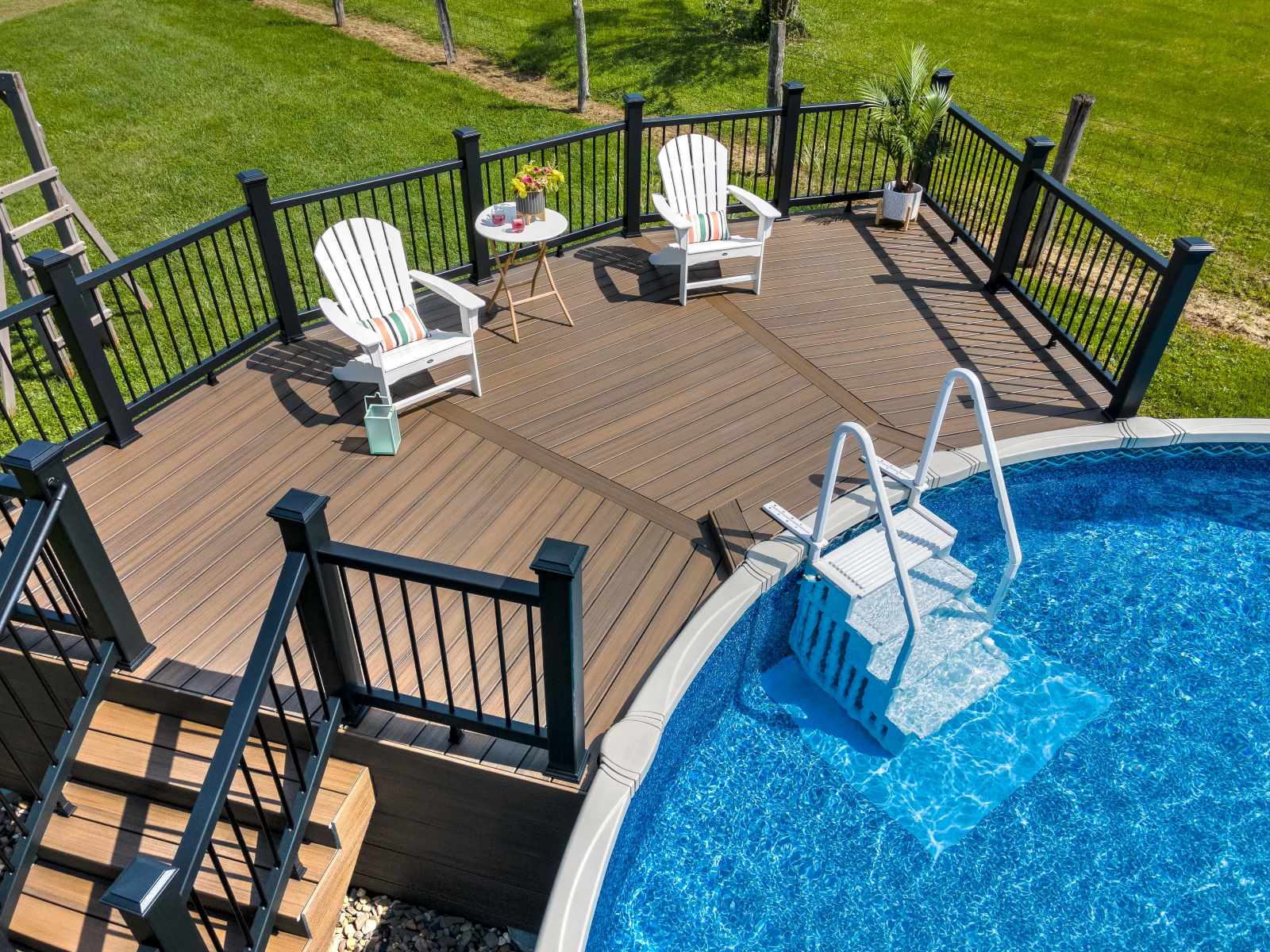
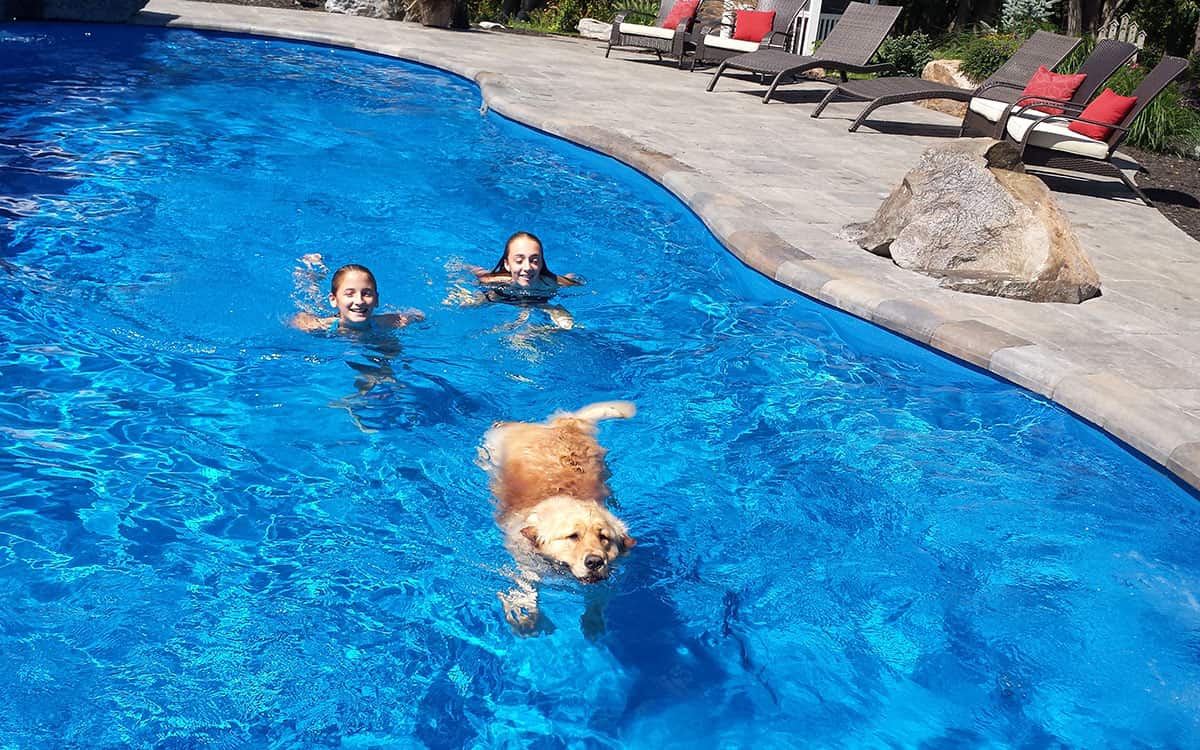

0 thoughts on “How To Plaster A Swimming Pool”